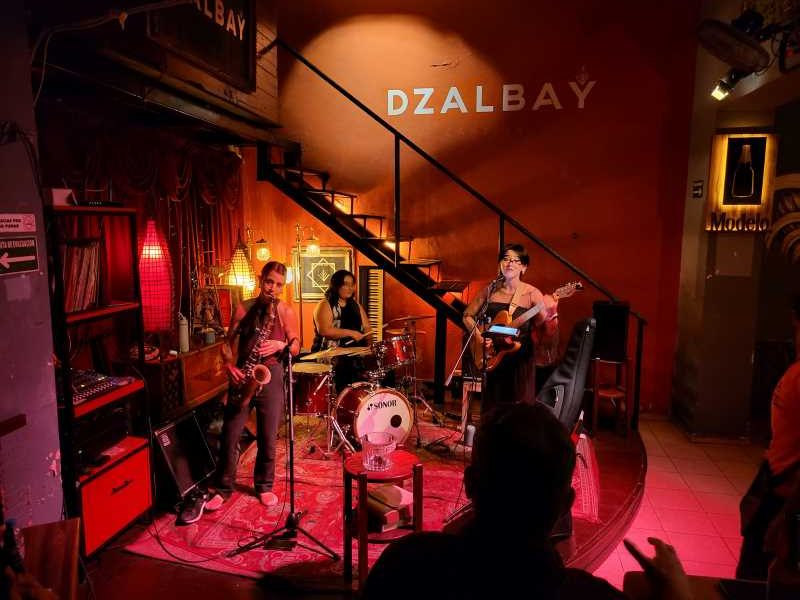Dear lord, that’s a smoove groove. The smoovest, I think. Eric Burdon is fun, but borderline superfluous to the proceedings. The backup band, War, eventually thought so too, and they had eleventy hits in the seventies after they left Eric out on the curb. Audiences generally figure that the band is just the singer, with some other mostly anonymous guys standing behind him. The other guys always resent that, but then again, if they could stand out front, they would. I’ve had an arena-rock caliber singer fronting a band I was in for a short while. We all loathed him, but he delivered the mail, so we put up with it. For a while, anyway. I’m not lumping Eric in with him. Eric might be a decent human being. How would I know?
Watch the video. We’ll skip right over the guitar player’s hot pants, if you don’t mind. Let’s talk about Harold Brown on the drums. I owe him something. I’ll pay it now, in the humble scrip of my attention. I wanted to play the drums when I was a kid, but the school wouldn’t let me. They handed me a trombone instead, which everyone knows is plumbing, not music. When I got older I could do as I pleased, and I got a set of drums and set myself to learn. I learned to mimic this little drag beat from Harold, and from this song. It was already an oldie but goodie by the time I cannibalized it, but it’s a hardy perennial in the groove department.
When you hear a groove like this, you could easily miss something like the little flourish Harold is using to drive the beat along. You’d just enjoy the whole thing, and find yourself energized to hear it, maybe want to get up and dance without knowing why. We called it the drag beat. I’m not sure if it has some official name. It’s more of a knack than something you practice, like rolling your R’s when you speak Spanish. With your left hand (if you’re right-handed), you loosen your grip, and sort of skim or drag the tip of the stick across the snare drum head. It bounces twice, quietly, like a trill, and then you strike the snare fully on the 2nd and 4th beats that follow the drag. The soft drag is the equivalent of two grace notes, if you know what that is.
Anyway, if you see it done, you have a “light dawns over marble head” moment, and get it going pretty easily. If you’re simply listening to a record to learn it, it’s hard to figure out what’s going on. I haven’t played the the drums in twenty years, but I bet I could do it right now, and play the little turnaround that Harold plays, too. You’d think I really know what I was doing, even though I didn’t then, and certainly don’t now. It’s like greeting someone in a foreign language with the correct accent. They start blabbing at you, and you have to hold up your palm and tell them you’re fresh out of ammo after shooting “Hello, how are you?” at them.
So what’s this all have to do with anything? Don’t worry, my disordered mind will sew it all together like Frankenstein’s monster, put my abbie normal brain in it, and put the electrodes on the neck bolts to animate the essay, I promise.
The video is a live performance from a German television show, I’m pretty sure. They’re all really playing their regular instruments and singing. If you doubt that, watch at 1:45 as the bass player reaches over with his right hand to turn his tuning peg a little. There were no electronic tuners back then, so you had to tune up your instrument, and match the other instruments, solely by ear. I’m sure I still have an A 440 tuning fork hanging around someplace to commemorate the process. I’ll bet the majority of the currently most famous musicians in the world couldn’t do it.
The point is, that teevee show was a stand-in for seeing people make music right in front of you. No gimmicks, no lipsynching, no auto tune, no recorded backing tracks. Even seeing bands like War live couldn’t compete with the teevee production, because they were popular and you’d look at them from row Double Z in an arena, a flea circus on a distant stage with more equipment than NASA needed to reach low Earth orbit. Performing live, up close, in a small setting like the video, is like tightrope walking. It’s immensely interesting to see people perform live like that. It lends an additional air of excitement to the musical enjoyment, because they might fail. Arena performances and recordings can never come close to it anymore. Milli Vanilli was probably less canned than Taylor Swift is.
So here it comes: My wife and I went to the Dzalbay Cantina here in Merida Centro last night. Went there with our friends last week, too.
It’s a really cool place. It’s been a cantina on the same corner for 80 years or so. A cantina in Mexico is like The Local in Ireland. There’s always one on the esquina and it serves as a convivial meeting spot for the neighborhood. Over the years, the Dzalbay morphed from a straight-up saloon-door bucket of blood into a live music venue. Mostly jazz and blues. I loved it, and got curious about it. Dzalbay?
It’s the Spanish approximation of two words in Mayan. Ts’al and bay.
“Dzalbay” roughly translates to “what is poured/spilled”, “the poured one”, or sometimes poetically, “something that flows or is spilled.”
So I went to the Spill the Wine cantina, and I took that girl, and we heard good musicians make wonderful music for us on the tightrope of a stage, with no electronic net. I simply held up my fingers to replenish our supply of cerveza succor when we ran low, and we paid with pesos like Monopoly money.
We zigzagged home, hand in hand in the moonlight, Venus and Mars, and I dreamed I was in a Hollywood movie. With a drag beat soundtrack.





